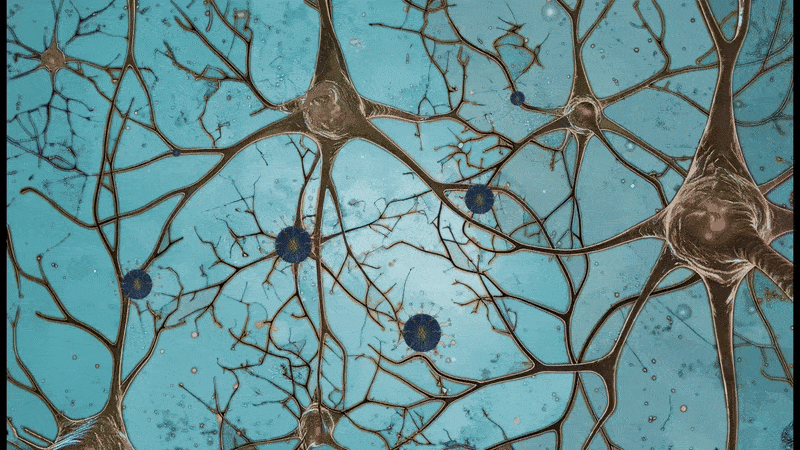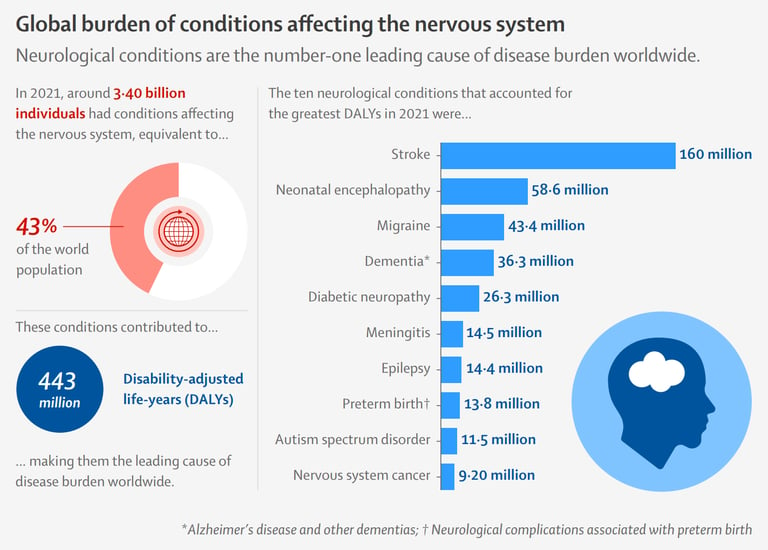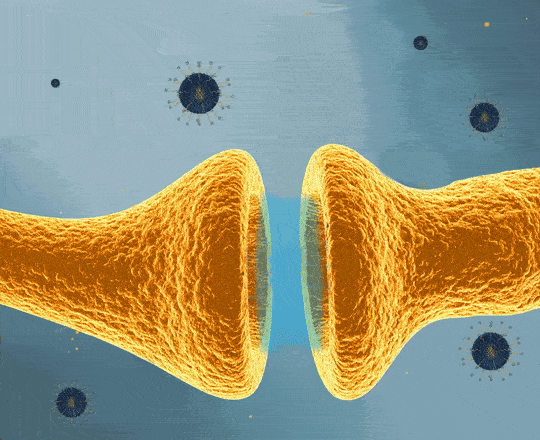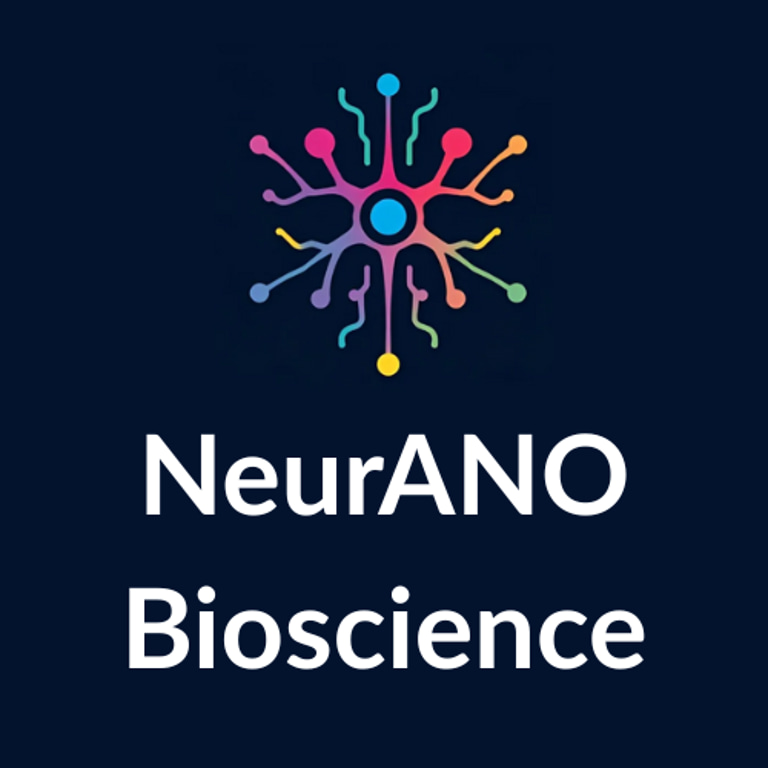
Bypass the synapse.
Restore balance in the brain.
First-in-class nanotherapeutics for neurological disorders
NeurANO Bioscience is a pre-clinical-stage company creating novel nanotherapeutics targeting extrasynaptic NMDARs.
The goal is to prevent neurodegeneration, with lead programs targeting opioid use disorder and Alzheimer's disease. Our versatile platform technology is applicable to a wide range of neurological therapeutic indications including pain, traumatic brain injury, depression, Huntington’s disease, and Parkinson’s disease.
NeurANO is currently supported by $4M in nondiluted funding from the NIH and has completed initial small mammal efficacy and safety trials.
Neurological disorders are the leading cause of death and disability worldwide.


Source: The Lancet Neurology, Volume 23, Issue 4 pp 344-381, April 2024
Yet current therapies are limited and have unacceptable side effects.
NMDA receptors (NMDARs) are validated targets in drug discovery. However, decades of clinical trials with NMDAR antagonists have failed because drugs indiscriminately block both synaptic (“good”) receptors required for normal brain function and extrasynaptic (“bad”) receptors that drive pathology.
The result: the therapeutic benefit of existing NMDAR antagonists is outweighed by cognitive impairment, dizziness, or worsening neurological function.
This selectivity problem has been deemed ‘insurmountable.’

We solved it.
NeurANO’s hybrid nanotherapeutics NexiM and NexiK solve the selectivity problem, bypassing the synapse to restore balance to the brain.
Address
9500 Gilman Blvd MS#0423
La Jolla CA 92093
Contact
business@neuranobio.com
Copyright © 2025
All rights reserved
